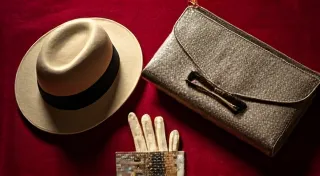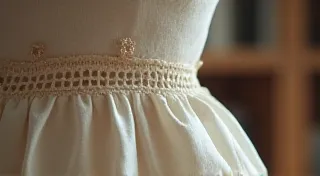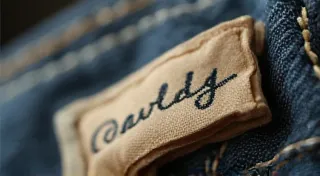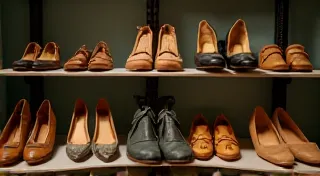Finding Vintage Treasures Online: A Buyer's Guide
The allure of vintage fashion is undeniable. It’s a way to express individuality, embrace history, and find pieces unlike anything you’ll find in contemporary stores. While antique shops and flea markets remain wonderful places to hunt for unique finds, the world of online vintage shopping has exploded, offering incredible selection and convenience. But with great opportunity comes the need for savvy navigation. This guide will help you become a more confident online vintage buyer.
1. Knowing What You’re Looking For
Before you dive in, have a general idea of what styles, eras, or designers you've been wanting to find. A clear aesthetic goal helps narrow the vast selection. Are you searching for 1950s dresses, 1970s denim, or early 20th-century accessories? Knowing your preferences will make the search more focused and rewarding. Consider the types of garments you want: dresses, skirts, tops, coats, or accessories. What condition are you hoping for?
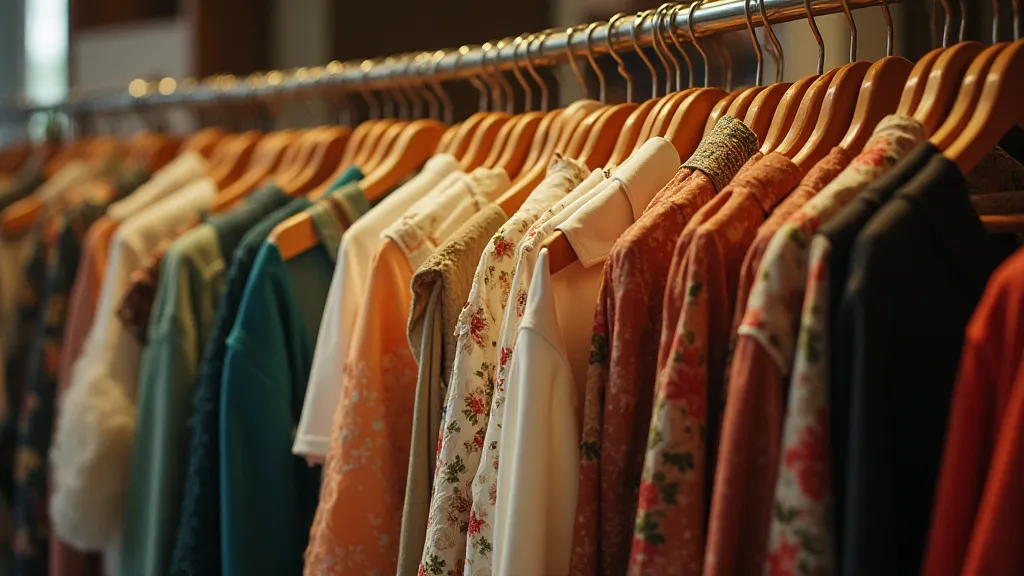
2. Finding Reputable Sellers
The online vintage marketplace is diverse – from established shops with decades of experience to individual sellers just starting out. Prioritize reputable sellers to minimize risks and ensure authenticity. Here's what to look for:
- Detailed Descriptions: Good sellers provide thorough descriptions of each item, including measurements (critical!), fabric content, condition details (stains, repairs, flaws), and any relevant provenance.
- Clear Photos: Look for multiple, high-quality photos showcasing the garment from different angles. Close-ups of details (buttons, seams, labels) are a plus.
- Seller Reviews/Ratings: Read customer reviews carefully. Look for patterns in feedback (positive or negative).
- Return Policies: Understand the seller’s return policy *before* you buy.
- Specialization: Some sellers specialize in a specific era or style. This expertise often indicates a higher level of knowledge and care.
- Established Presence: Sellers with a long history, a professional-looking website, and social media presence often inspire more trust.
3. Spotting Potential Fakes & Misrepresentation
Unfortunately, the vintage market isn't immune to fraud. Be aware of these red flags:
- Too Good to Be True Prices: Extremely low prices on rare or designer items should raise suspicion.
- Vague Descriptions: A lack of detail in the description is a major warning sign.
- Poor Quality Photos: Blurry, dark, or overly edited photos can hide imperfections or mislead you about the garment's quality.
- Inconsistent Labeling: Research labels! If a label seems inaccurate or mismatched with the garment’s style, investigate further.
- "Reproduction" Isn't Disclosed: If a garment is a reproduction, it *must* be clearly stated.
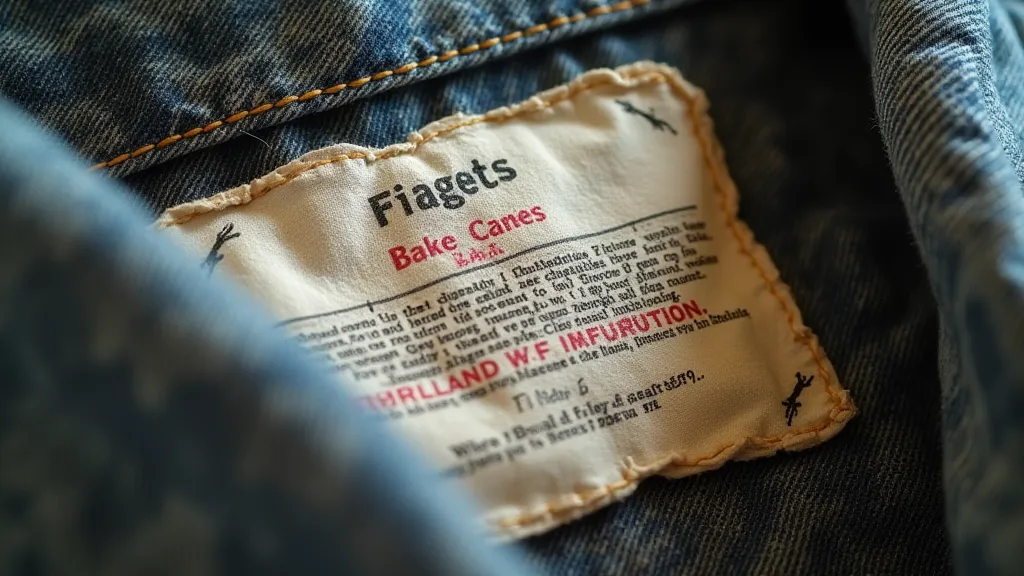
4. Measurements Are EVERYTHING!
Vintage sizing is notoriously different than modern sizing. Don't rely on the labeled size – *always* check the measurements. Request measurements from the seller if they aren't provided. Compare these measurements to garments you already own that fit you well. Pay close attention to bust, waist, hips, and length.
5. Condition and Care
Understand the condition of the vintage garment before purchasing. Minor flaws like loose seams or missing buttons are common and often add character. However, significant damage like large stains or rips may require costly repairs. Factor these potential repair costs into your budget. Research proper care methods for vintage fabrics – dry cleaning is often recommended for delicate materials.

Conclusion
Online vintage shopping can be a rewarding experience when approached with caution and knowledge. By doing your research, prioritizing reputable sellers, and understanding the nuances of vintage sizing and condition, you’re well on your way to building a unique and cherished wardrobe.

